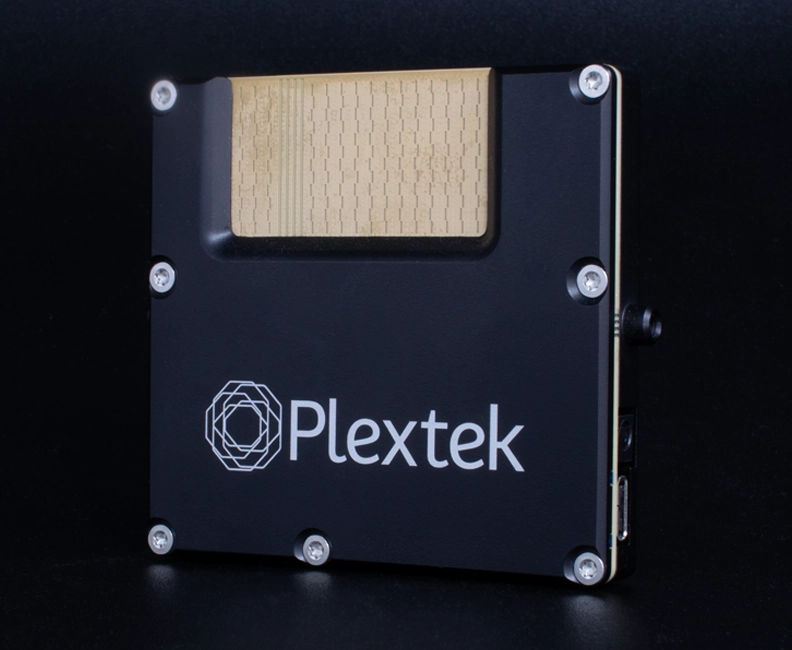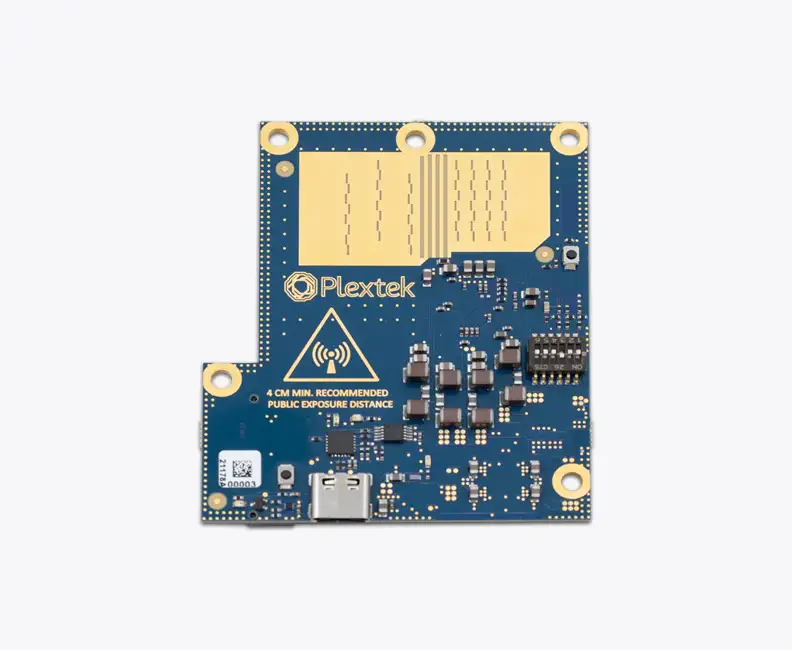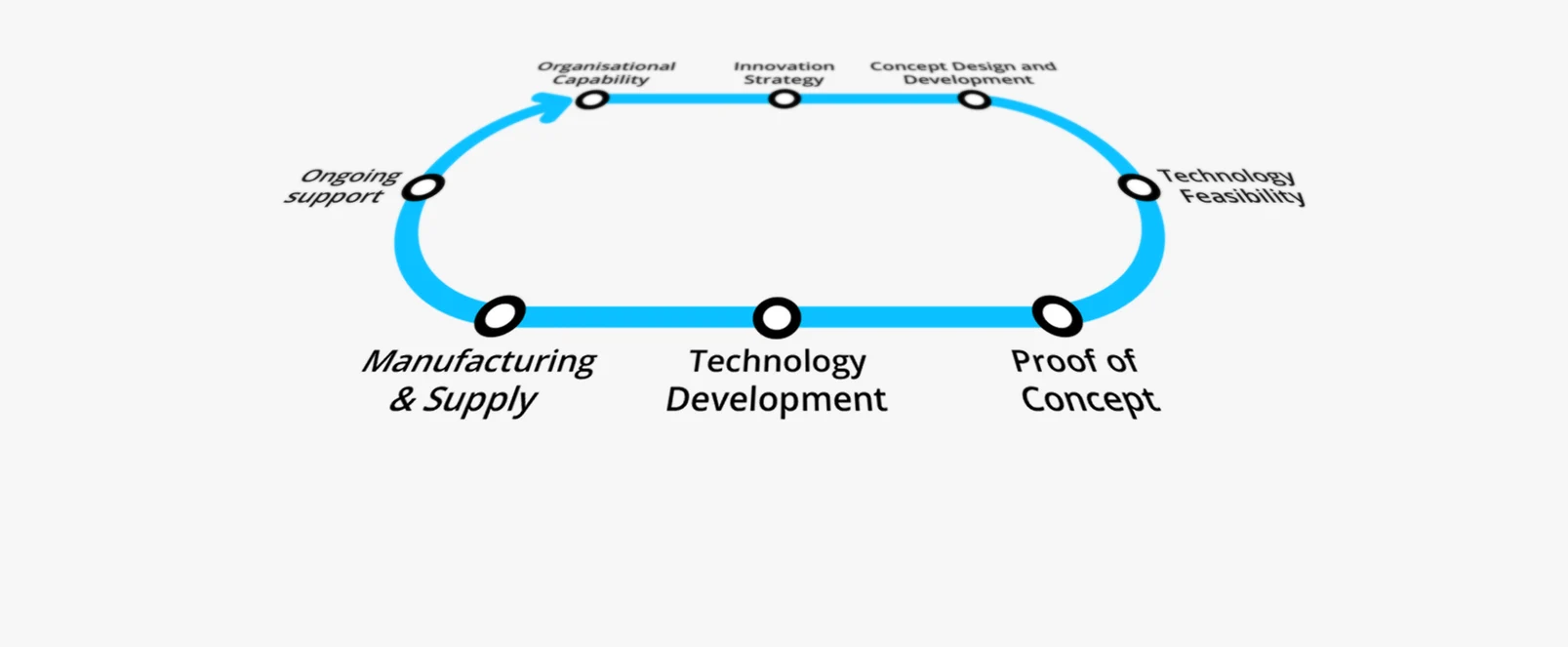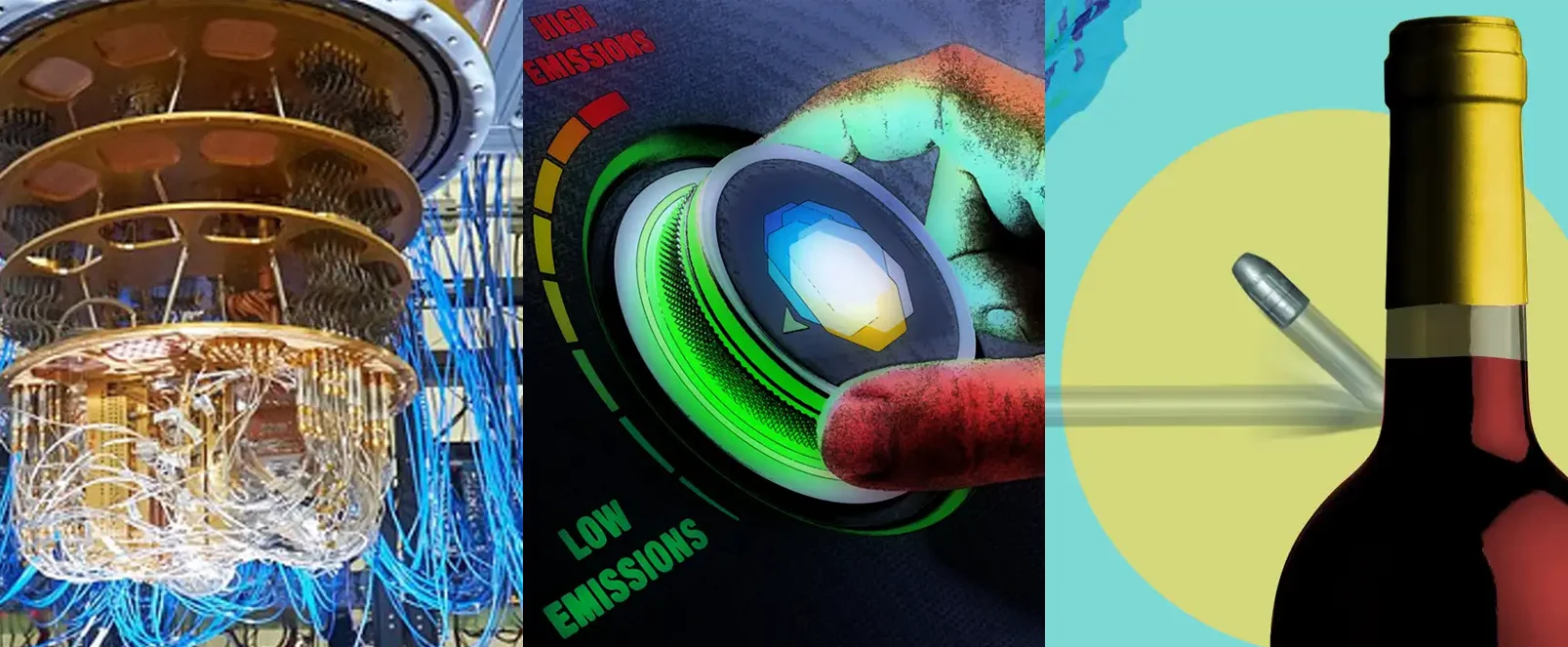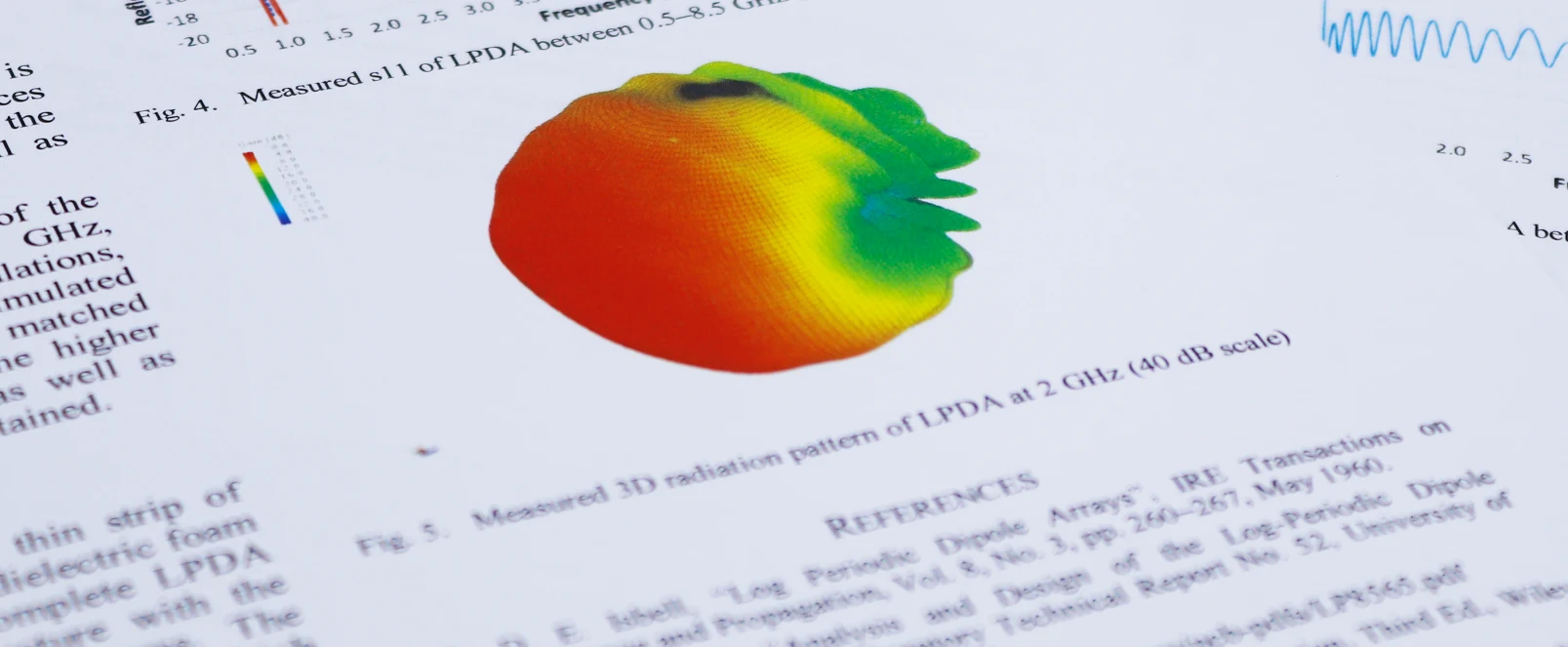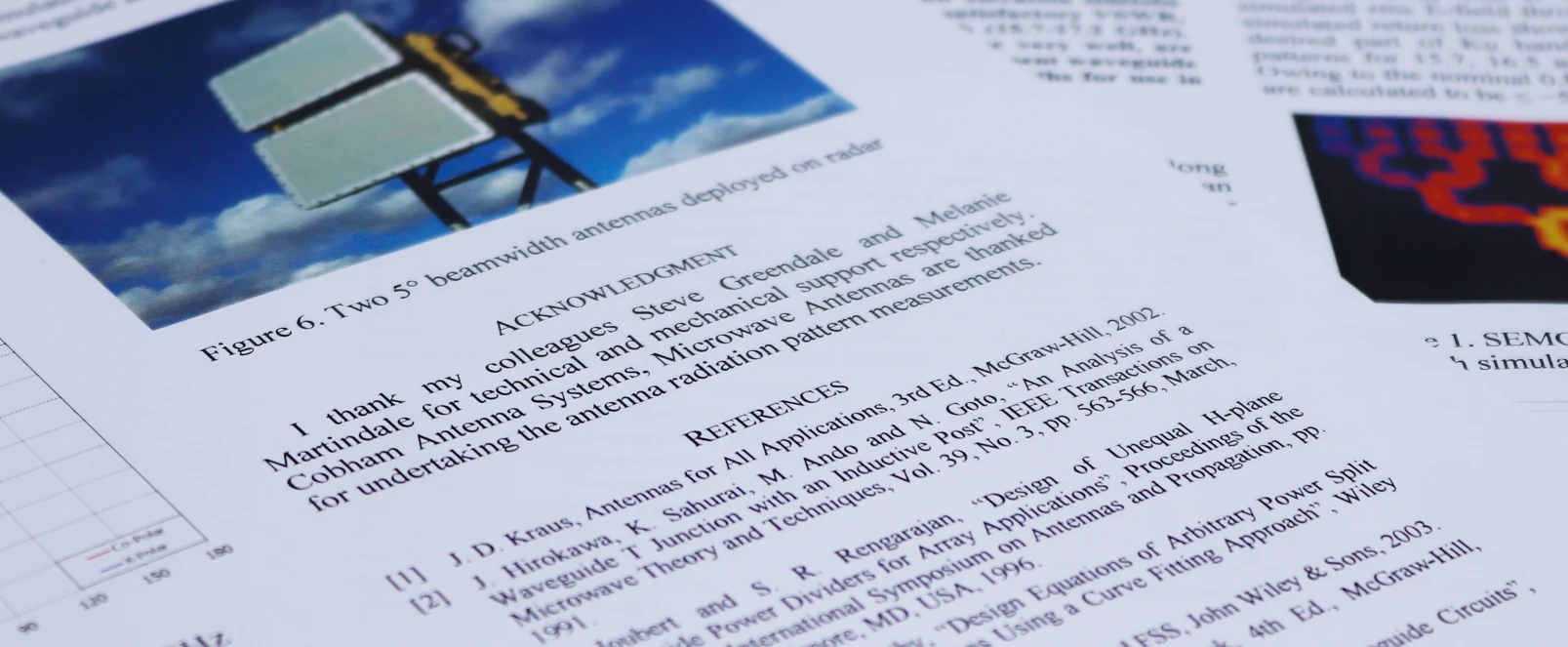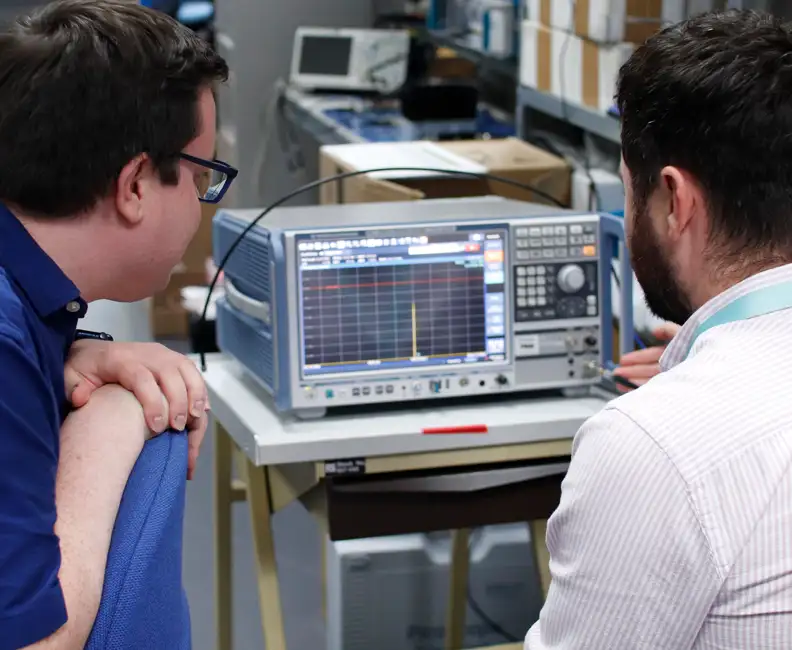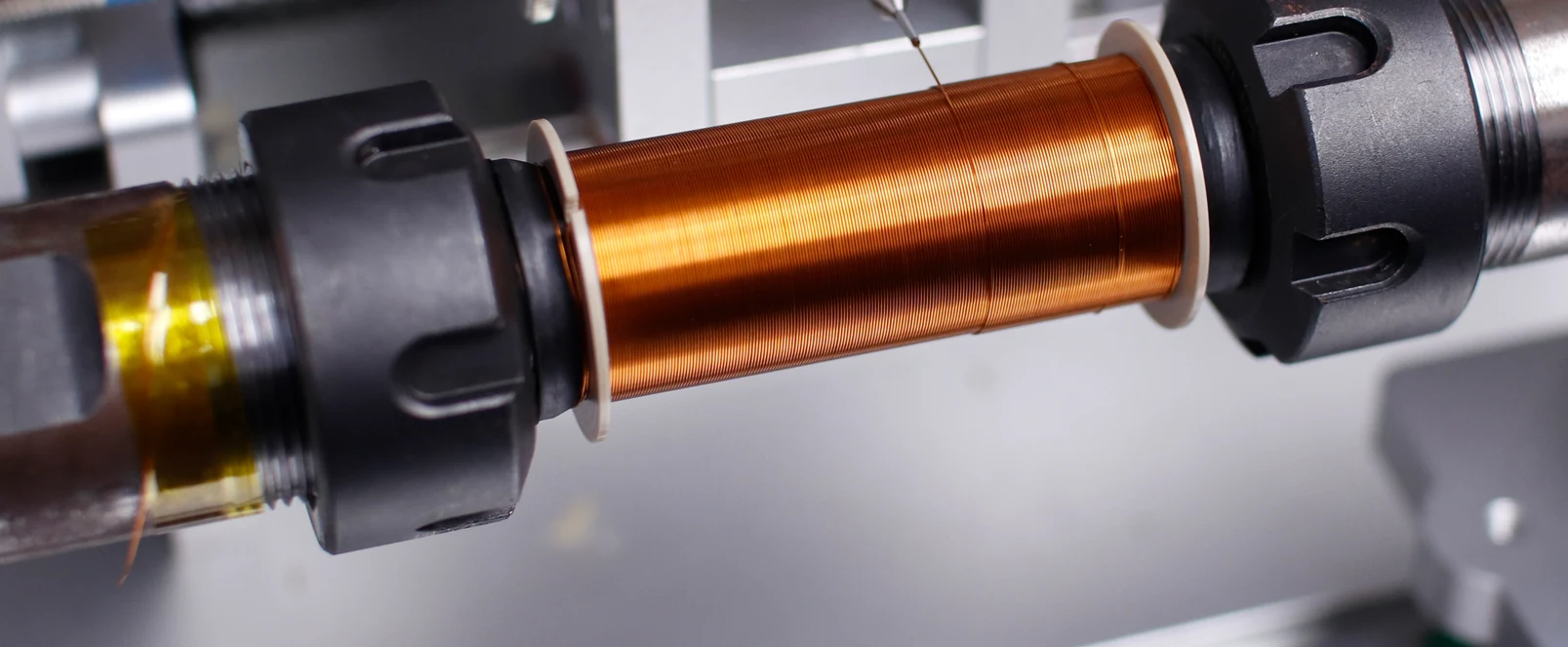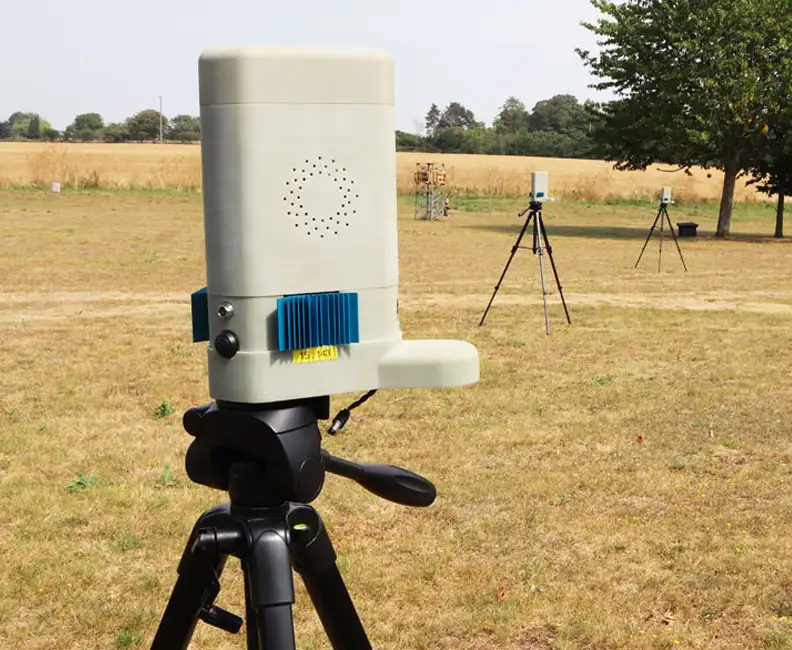
Directional Communications
Cutting through interference with directionality
Reliable communications are often easier said than done when people are on the move in busy environments and frequency bands become more crowded than ever.
Directional communications hold the promise of cutting through the interference by creating a narrow beam of radio frequency pointing in the specific direction required. Directional communications are particularly attractive at higher frequencies where small antennas can be used to steer signals in the desired direction from physically small antennas.
As well as making communications more secure and less vulnerable to jamming or interference, directional communications could end the frustration of losing Wi-Fi connection on a moving train and provide more reliable communications for applications such as autonomous vehicles.
Real-world challenges

Advancing Beamforming RF Technologies
High-frequency communication systems naturally have shorter range. Focused beams of radio frequency (RF) directed between terminals help to offset this loss and reduce interference.
But this is difficult to achieve in two main ways. The first challenge is the RF design of the terminal to enable it to generate directional beams and still remain low size, weight and power.
An additional hurdle to overcome is the protocols and signal processing that allow beam directions to rapidly adapt as radios move. The world-class capabilities of the Plextek team are enabling progress on both of these fronts.
The Plextek advantage

- High-frequency (>20GHz) RF design
Designing systems for high frequencies enables long-range communications with high data throughput, essential for overcoming limitations associated with shorter-range communication systems.
- Communication systems design
Creating robust signal processing and protocol systems, ensuring efficient and reliable data exchange, vital for maintaining performance in dynamic conditions.
- Adaptive communication protocols
Flexible protocols to adapt to environmental and movement changes, maintaining strong communication links essential for efficient operation in mobile and varied environments.
- Low size, weight and power (SWaP) engineering
Developing compact and energy-efficient systems, addressing critical needs in applications where resource limitations are a concern.
- Interference management
Applying focused directional beams significantly reduces interference, ensuring clearer and more reliable communications in crowded and contested environments.
What sets us apart when it comes to directional communications?
Using advanced RF design and systems engineering, Plextek develops secure, effective and reliable directional communication solutions that address challenges such as interference and spectrum efficiency. Our work includes:
- High-frequency RF design
- Communication system resilience
- Mobile communications technology
- Tactical radio systems
- Secure communications
- Signal processing
- Beamforming technology
- Antenna design
- Spectrum efficiency








